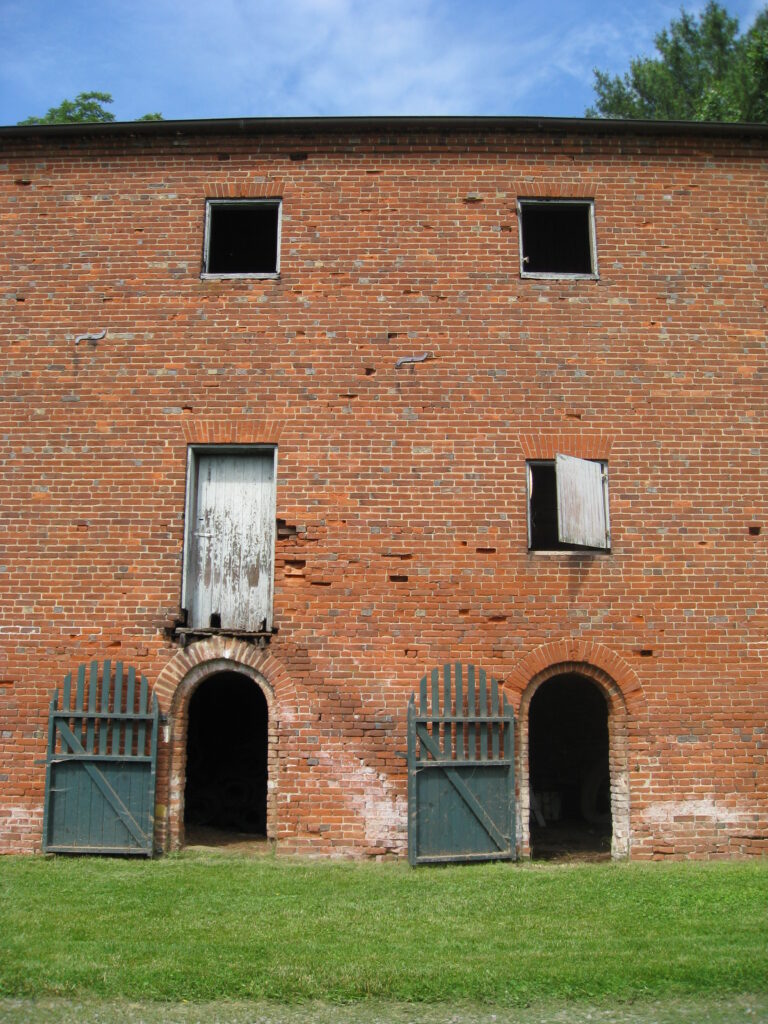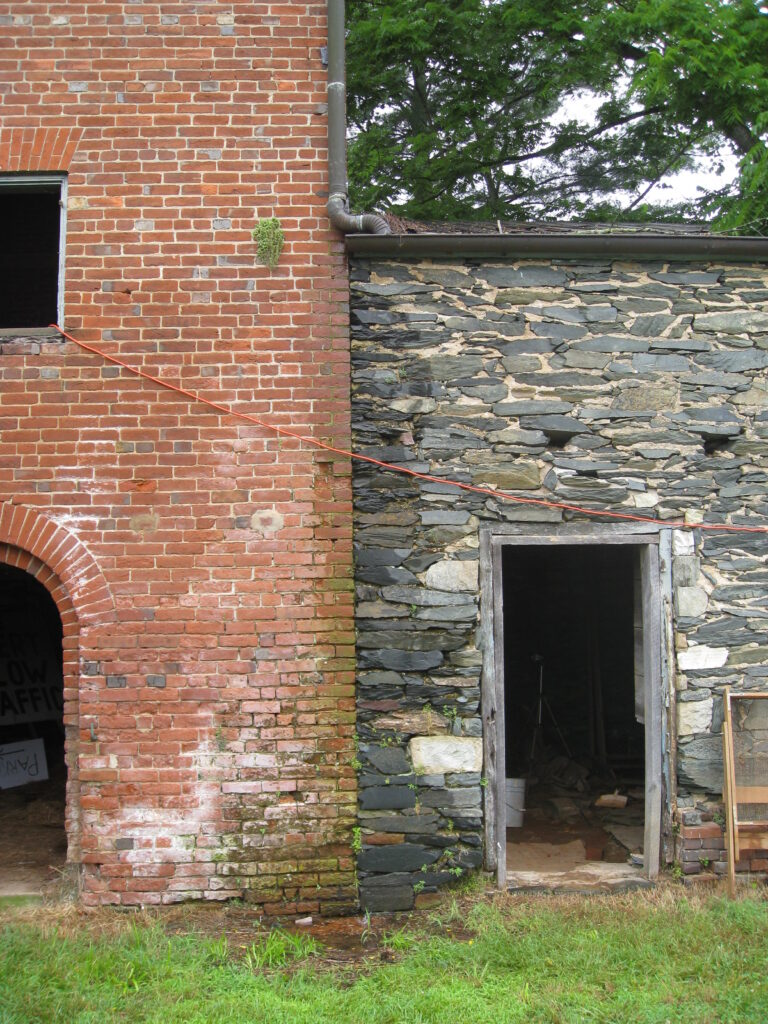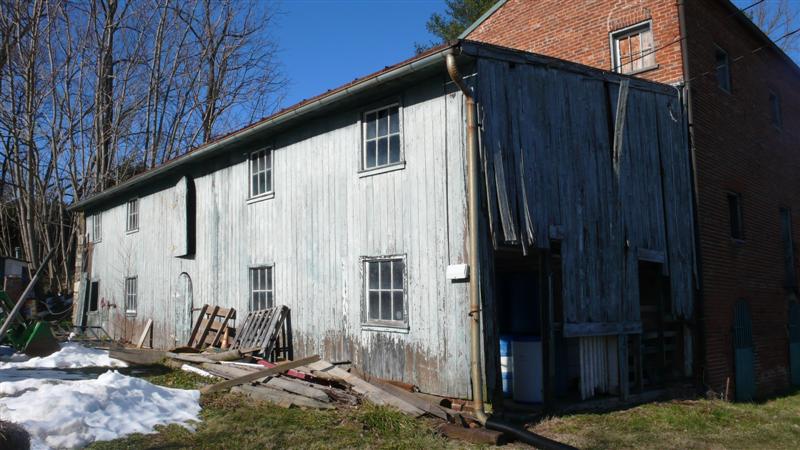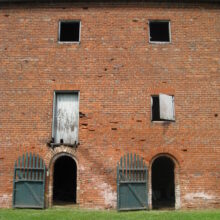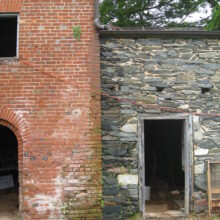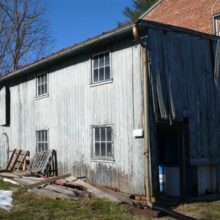Oatlands Historic House & Gardens
Oatlands Historic House & Gardens, founded in 1798 on 3,408 acres of Virginia soil, is now a house museum and property of the National Trust for Historic Preservation. The farm grew from its original focus on wheat production, expanding through the 1830s. The Carter Barn, built around 1821, is a result of that expansion. The barn is a brick and timber bank structure, and part of a complex that also includes a fieldstone ice house and an early 20th-century wood dairy.
The barn remained an outbuilding on the Oatlands property, seldom used and closed to visitors to the main house. Although remarkably sound after nearly 200 years, the structure exhibited deterioration commensurate with its age. In addition to localized conditions including mortar loss, step cracking, and rotting wood, the primary elevation of the barn exhibited pronounced brick deterioration, including efflorescence, scaling, spalling, pulverization and total loss. In response, the National Trust for Historic Preservation and Oatlands, Inc. Initiated an ambitious plan for stabilization and interpretation of the barn.
We were contracted to assist in a comprehensive assessment of the barn. Materials were thoroughly surveyed, assessed and documented, and likely causes of deterioration identified. A materials testing program was targeted towards identifying the likely types, sources, and mechanisms of salt weathering. Through carefully targeted analysis, we were able to identify salts related to prior agricultural and construction-related processes, and demonstrated that they entered the building through soil that had been banked against the main elevation. Based upon these findings, we presented options for conservation treatments and repair materials.
